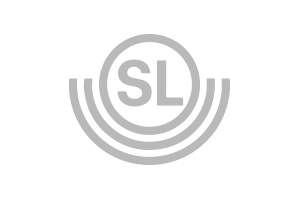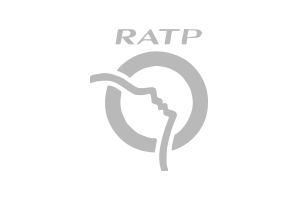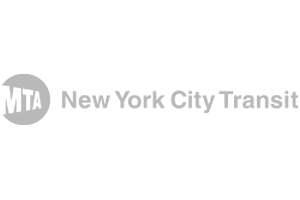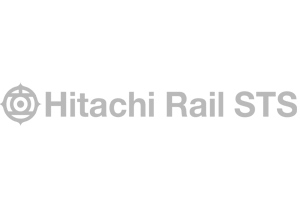What is a digital twin in rail control systems?
What is a digital twin in rail control systems?
A digital twin is a virtual, interactive replica of an actual physical system, asset or process. Applied to the railway sector, a digital twin could cover the entire infrastructure – from stations, rolling stock, switches and signals to supporting IT systems.
A digital twin is a virtual, interactive replica of an actual physical system, asset or process. Applied to the railway sector, a digital twin could cover the entire infrastructure – from stations, rolling stock, switches and signals to supporting IT systems.
How can a digital twin benefit the rail sector?
Infrastructure managers, suppliers, remote repair crews, and station staff all benefit from having a digital twin of a railway.
With a digital twin infrastructure, managers can formulate and evaluate precise requirements for their new system, avoid costly mistakes, and ensure the right system is built in the first place. The system can then run on any hardware platform, enabling interoperability and avoiding vendor lock-in.
Suppliers can use the digital twin as input to the detailed design, using automation tools for code generation, testing and verification, further shortening project schedules and reducing costs.
With access to a real-time 3D representation of the entire railway infrastructure – maintenance, repairs and upgrades can be performed faster. The proactive decisions possible with a digital twin, can prevent safety hazards and costly mistakes while improving overall efficiency.

Create a digital twin before tender
The key to success in any rail control project is properly specifying the project’s needs, requirements, and expectations. The infrastructure manager needs to specify their knowledge of both the solutions they already have and the solutions they want to deliver in the future.
Creating a digital twin before a tender is made is a practical way to get to a point where requirements are more precise and systems can be verified. The final solution based on the digital twin can run on any hardware platform.
Of course, this is also critical when it comes to procuring systems at a reasonable price because it gives suppliers a better chance at meeting expectations—the clearer your specifications, the more accurate the tenders can be.

Digital twin improve verification and validation (V&V)
Both infrastructure managers and suppliers can use SDA tools to improve the verification and validation (V&V) that needs to take place before software systems can be approved for revenue service.
This can include both simulation (standard test suites) and formal verification (verifying requirements on configuration data and safety). It also improves coverage in V&V and reduces the effort and time required for safety assessment, especially if you replace more traditional approaches.
High-quality software based on the digital twin
Finally, SDA can be used in its full context to develop and deliver software based on the digital twin. This is a way to adopt future production processes, including more automation and stronger V&V tools, and—as a result— reduce risks and resource needs, and allow high-quality software to be delivered in a more predictable way.
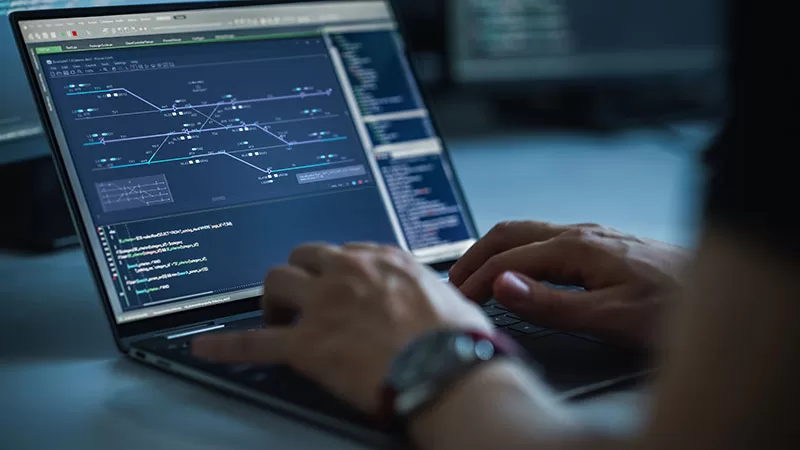

How safe and efficient are your rail control systems?
Initiate a transformation in rail control safety with our specialized automation packages, designed to advance signaling systems efficiently and safely.
How much can you save by implementing Signaling Design Automation?
In this meeting you’ll find out how digital twins and formal methods can help you achieve your rail control projects in less time and lower costs. And 100% secure system.

